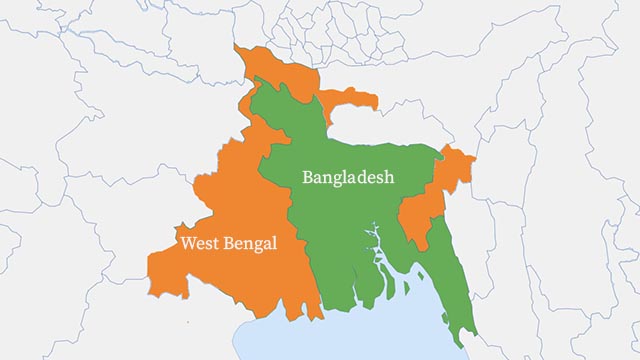
TOPIC 6.2 PARTITION OF BENGAL
Through a royal proclamation. Lord Curzon ordered Partition ol Bengal creating East Bengal and Assam out of the rest of Bengal on 16th October. 1905.
The objective was to set up a communal gulf between the Hindus and Muslims.
The Indian National Movement entered its second phase after the Partition of Bengal.
The British said that the existing province of Bengal was too big to be efficiently administered by a single Provincial Government.
The Indian National Congress and the nationalists of Bengal firmly opposed the Partition. Within Bengal, different sections of the population- zamindars, merchants, lawyers, students and even women rose up in spontaneous opposition to the partition of their province.
Divide and Rule The nationalists could see that it was a deliberate attempt to divide Bengal's territory on religious grounds as for the Eastern part Muslims will be in majority and for the Western part, the Hindus.
Rablndranath Tagore composed the National Song Amar Sonar Bangla for the occasion. This song was adopted as the National Anthem by Bangladesh in 1971, after its liberation from Pakistan.
The Anti-Partition Movement
The Anti-Partition movement was initiated on 7th August. 1905. On that day, a massive demonstration against time partition was organised in the Town Hall in Calcutta.
The partition took effect on 16th October. 1905,
Banaras Session of INC. 1905-Presided by GK Gokhale—first calls for Swadeshi.
Meeting of INC at Calcutta 7th August 1905—Resolution to boycott British goods was adopted.
When was the Partition of Bengal officially implemented by the British Government?
a) 1903
b) 1904
c) 1905
d) 1906
Answer: c) 1905
Who was the Viceroy of India responsible for the Partition of Bengal in 1905?
a) Lord Curzon
b) Lord Minto
c) Lord Ripon
d) Lord Hardinge
Answer: a) Lord Curzon
Which of the following was a major reason given by the British for the Partition of Bengal?
a) Economic exploitation
b) Administrative efficiency
c) Religious differences
d) Military strategy
Answer: b) Administrative efficiency
The Swadeshi Movement was launched in response to which event?
a) The Ilbert Bill controversy
b) The formation of the Indian National Congress
c) The Partition of Bengal
d) The Rowlatt Act
Answer: c) The Partition of Bengal
In which year was the Partition of Bengal annulled due to widespread protests and unrest?
a) 1908
b) 1911
c) 1912
d) 1915
Answer: b) 1911
